Asia is rapidly becoming the center of gravity for many major industries. Western companies need to build their presence and invest in the region.


It’s time to refocus on international growth
How to grow your business amid global economic changes
The business world is no stranger to uncertainty. Economies, demands and regulations evolve; crises come and go. But some periods are more uncertain than others. In recent times, many businesses have found themselves stuck in constant survival mode: first Covid, then geopolitical unrest and inflation, all underpinned by rapid technological shifts in how we live and work.
Recent disruptions, such as drought in the Panama Canal and attacks on the Suez shipping route, continue to challenge companies’ supply chains. Both the World Uncertainty Index and the Global Economic Uncertainty Policy Index remain elevated – with no reason to expect a return to “normal” anytime soon. Companies must accept that uncertainty is here to stay.
"We believe traditional methods to growth are now too small, slow, and internally focused. Businesses need a bigger, more dynamic, faster-acting solution."
Following years of firefighting, risk mitigation, and efficiency improvements, organizations now need to target topline growth again. After all, shrinking to greatness has never been a long-term recipe for success.
Traditionally, the best opportunities to grow market share and revenues, and scale up have been found internationally, by exporting products and services to new markets, or via direct investments to produce and sell in new regions. And make no mistake: trading across borders remains an important part of most companies’ business model, with global trade volumes on the rise again after a weak 2023.
Where to look for international growth
But how do you identify promising new markets? Finding the right spot for your business is no small matter – but the process is straightforward. Start by identifying clear criteria for new markets to fulfill. Then add data on potential markets and refine the selection criteria to incrementally reduce the list of potential markets.
One increasingly attractive area is the group of nations referred to as the Global South. Although not strictly geographical, the Global South refers to a group of more than 100 countries in Asia, Africa, Latin America, and the Middle East, which are home to 80% of the world’s population.
A growing number of countries in this group are seeing burgeoning young populations, rapid urbanization, expanding middle classes, and dynamic technological advancement, offering a wealth of potential for international organizations.
Since the 1990s, the economies of the Global South have consistently outpaced the GDP growth of the more developed Global North. Contributions of Global South economies to global GDP have shot up in recent decades, from 19% in 1990 to 42% in 2022, although much of this growth has been fueled by China. By 2050, more than half of the world’s GDP is expected to come from the Global South.
It’s important to remember that while emerging markets in the Global South offer many long-term, high-potential opportunities, economies in the Global North will continue along a slow but solid growth trajectory. While results will vary by industry, with reliable governance in place, mature markets can still deliver significant international growth. For a truly global company, finding the right balance between markets is key to tapping new opportunities while managing risks. This may include increasing the “South-South” flow of trade and investment between nations in the Global South – an increasingly relevant approach.
Planning and implementing international growth
International business growth requires a clear strategy and framework for operational implementation. Both need a solid methodology to turn ambitions into results.
Thinking in potential future scenarios can help a business build a growth strategy in an uncertain world. This requires a methodical approach that guarantees alignment, concentration, and effectiveness.
Our scenario-based consulting enables companies to systematically categorize and prioritize potential challenges. While some stem from trends, others arise from unexpected events. In every scenario, organizations will need to accelerate decision-making processes, make more definitive choices, enhance communication, increase flexibility in actions, and have the capacity to realign their business systematically with the ever-present uncertainty of the environment.
Roland Berger’s comprehensive Trend Compendium offers a valuable accompaniment to this process. The 2050 edition looks at six megatrends shaping the world over the next couple of decades, from the environment to technology and healthcare, covering the many factors that contribute to each one. It helps shape the scope and core questions a company needs to start developing scenarios
Our consulting can help develop a company's ability to think in scenarios. The process lasts just eight weeks without overly burdening a company's leaders. Find out more here.
However, implementing your growth strategy will be at least as challenging as developing it. We believe traditional methods are now too small, slow, and internally focused. Businesses need a bigger, more dynamic, faster-acting solution. A top-line results framework, covering goals, strategic rules, and a dynamic roadmap can help businesses thrive in a more uncertain world.
Creating more resilient supply chains
Of course, striving for international business growth comes with new risks – and therefore with new management tasks. This is especially true for supply chain management, which has an overarching role that impacts performance across the whole company. To cope with heightened uncertainty, supply chains need to be agile and resilient, as well as increasingly sustainable.
In this constantly evolving landscape, businesses must be able to cope with a variety of challenges and be able to seize the opportunities that are simultaneously emerging. Roland Berger offers a range of tools and solutions to do just this.
Our Supply Chain Management & Logistics Center of Excellence translates changes in markets, business models, ecosystems, regulations, and technologies into sustainable strategies for tangible client results.
One of the most important links in today’s supply chains is manufacturing. Roland Berger’s Next Generation Manufacturing Country Radar helps production strategists capitalize on the trends sweeping across the industry, from sustainability to digitalization and localization. It removes both the guesswork and the legwork when it comes to obtaining a quick market-by-market overview of your current and future manufacturing footprint.
International growth is becoming a renewed priority for companies. Making it a success requires clear strategic thinking and efficient implementation. Thanks to our longstanding expertise, Roland Berger can support clients throughout this process by finding the right markets for expansion, driving change and implementation speed throughout an organization and by helping clients safeguard their supply chains and manufacturing footprint.
Whether you are still planning for or already implementing international growth - reach out to us - our wide-rangind expertise provides support for all regions and all business-related processes.
Sign up for Roland Berger Email Updates to receive regular news and invitations related to international growth markets, including investment opportunities in various countries, directly in your inbox.


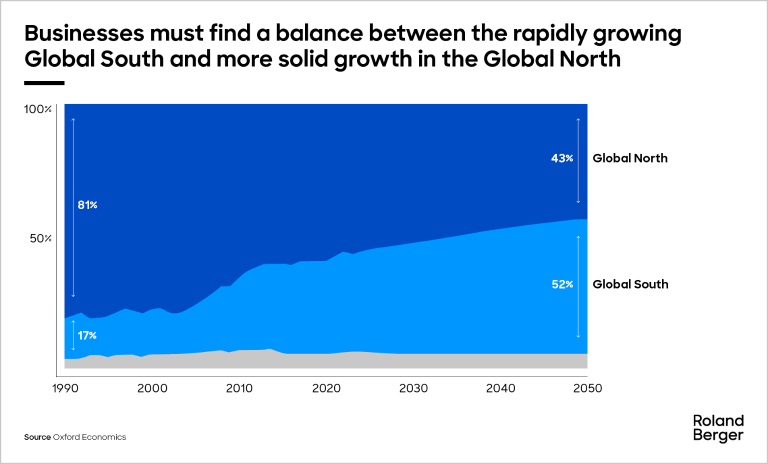

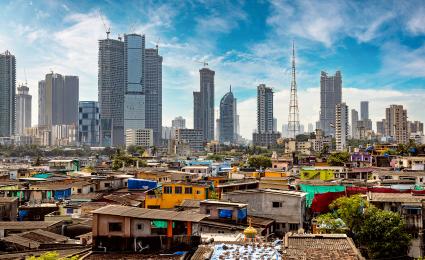




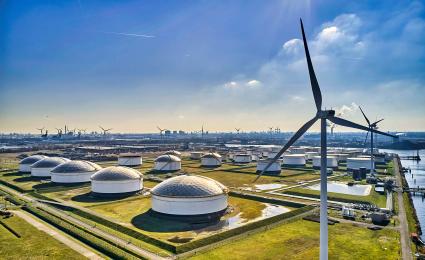



_tile_teaser_w425x260.jpg)

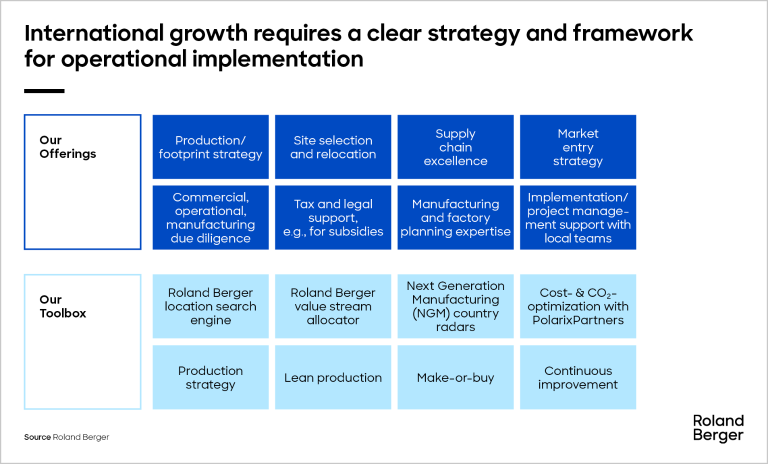
_tile_teaser_w425x260.jpg)




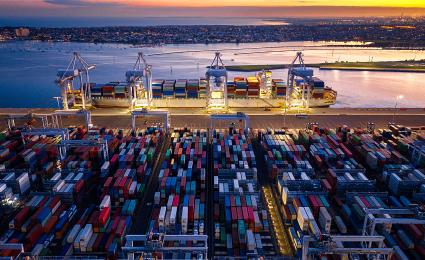
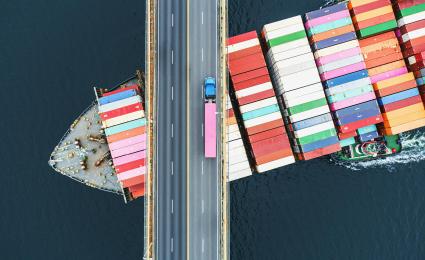


_tile_teaser_w425x260.jpg)




